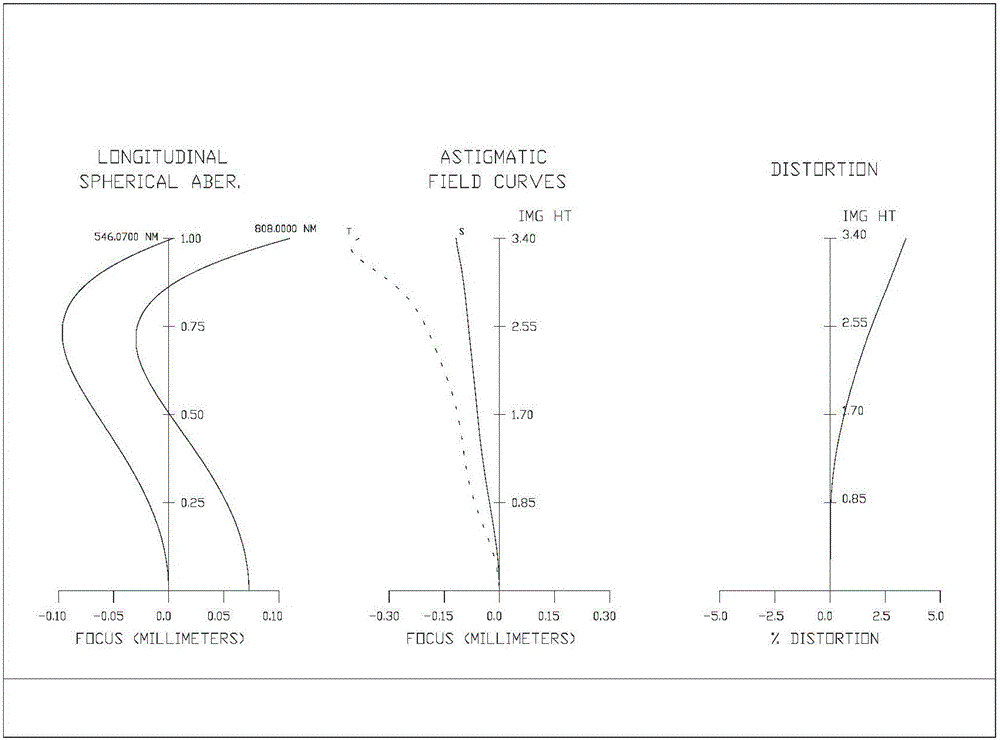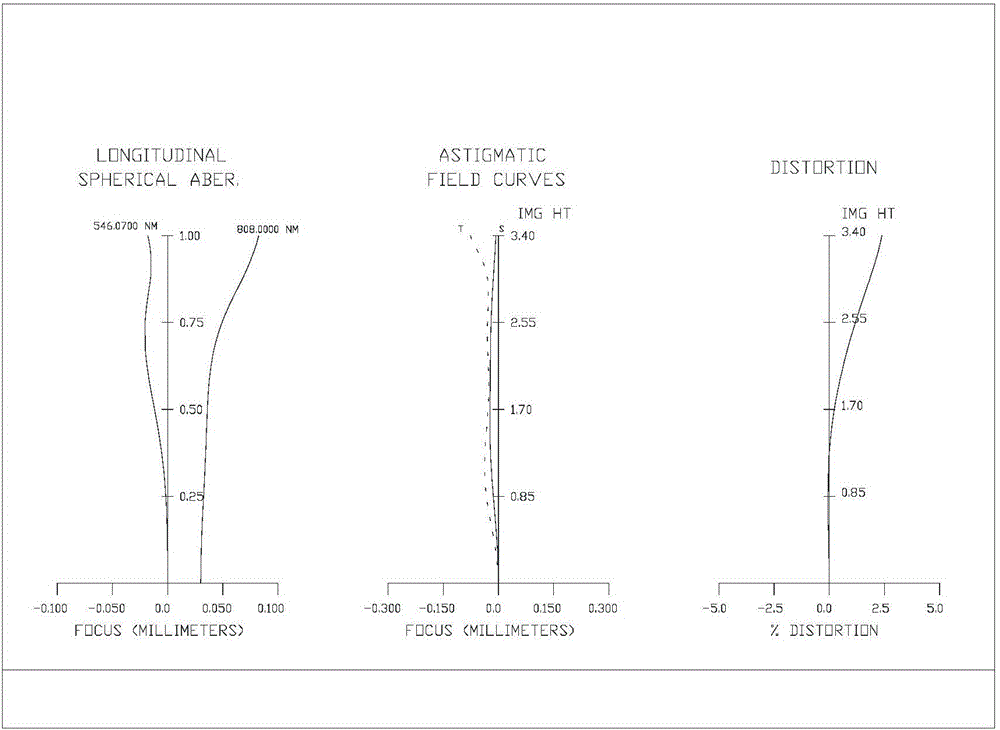Zoom lens
A zoom lens and lens technology, applied in the zoom lens field, can solve problems such as low zoom ratio, limited imaging range, and large effective focal length, and achieve the effects of solving temperature drift, high temperature burns, and low dispersion coefficient
- Summary
- Abstract
- Description
- Claims
- Application Information
AI Technical Summary
Problems solved by technology
Method used
Image
Examples
Embodiment 1
[0074] Refer to attached figure 1 , 2 , 5:
[0075] Embodiment 1 satisfies the following conditions:
[0076] EFL=7.5(W)~126.8(M)~242(T)
[0077] FNO=1.65(W)~3.45(M)~5.1(T)
[0078] A zoom lens, comprising in order from the object side to the image side a first lens group G1 with positive refractive power, a second lens group G2 with negative refractive power, a third lens group G3 with positive refractive power, and a third lens group G3 with positive refractive power. The fourth lens group G4 with positive power and the fifth lens group G5 with positive refractive power.
[0079] An aperture stop STP defining a predetermined aperture is arranged between the second lens group G2 and the third lens group G3. In addition, between the fifth lens group G5 and the imaging plane IMG, one sheet of cover glass CG, the first filter ICF, and the second filter LPF are arranged. The cover glass CG can be arranged as needed, and can be omitted when unnecessary. The functions of the...
Embodiment 2
[0100] Refer to attached image 3 , 4 , 5:
[0101] Embodiment 2 satisfies the following conditions:
[0102] EFL=8.1 (wide-angle end)~127.2 (middle focus position)~259.3 (telephoto end)
[0103] F number = 1.71 (wide-angle end) ~ 3.55 (middle focus position) ~ 6.1 (telephoto end)
[0104] Table 4
[0105] Example 2 lens structure parameters
[0106]
[0107]
[0108] table 5
[0109] Example 2 Lens Zoom Parameters
[0110]
[0111] Table 6
[0112] Embodiment 2 lens aspheric coefficient
[0113]
[0114] The rest of embodiment 2 is the same as embodiment 1.
PUM
 Login to View More
Login to View More Abstract
Description
Claims
Application Information
 Login to View More
Login to View More - R&D
- Intellectual Property
- Life Sciences
- Materials
- Tech Scout
- Unparalleled Data Quality
- Higher Quality Content
- 60% Fewer Hallucinations
Browse by: Latest US Patents, China's latest patents, Technical Efficacy Thesaurus, Application Domain, Technology Topic, Popular Technical Reports.
© 2025 PatSnap. All rights reserved.Legal|Privacy policy|Modern Slavery Act Transparency Statement|Sitemap|About US| Contact US: help@patsnap.com



